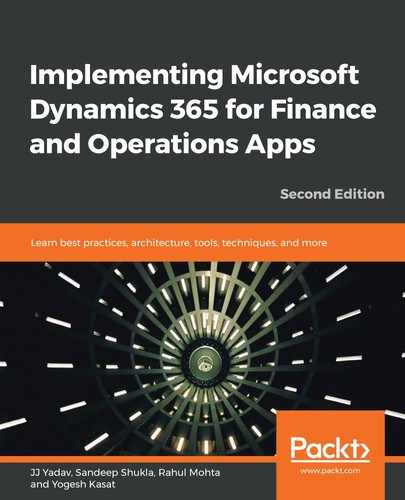Based on our practical experiences, the following are the recommended best practices that need to be evaluated for every project and its goals for effectiveness:
- Identification of the right stakeholders before project kickoff and keeping them up to date: You must have written and verbal commitments from all of the stakeholders toward meeting the objectives of the project and their contribution. You should also have a lot of team-building exercises throughout the duration of the project, as it facilitates the team members working more closely together.
- Ensure that your project charter has the following mentioned in detail:
- The charter must be a formal document prepared from inputs from the key stakeholders. The project charter is not a legally binding document; hence, it is a great place for all stakeholders to openly contribute.
- The objectives of the project must be explicitly mentioned in detail, in a clear and concise format. The goals should be quantifiable, realistic, time-bound, and should not contain any ambiguous elements. Using the SMART approach is very helpful to craft the project objectives.
- The project charter must always be approved/signed off by the appropriate authority and should be easily accessible to all of the stakeholders in a collaborative workspace. The extent of details in a project charter to be shared with individuals may vary and should be factored in during sharing/access.
- Get executive buy-in toward the business transformation initiative. Seek executive support in early communications in the project to create the much-needed excitement and commitment from all of the other stakeholders. Get the change management lead on board at the start of the project, as implementing Dynamics 365 impacts the existing business processes. To accelerate the implementation and ensure that the right approach and best practices are leveraged, make sure that an experienced, knowledgeable expert/advisor is on board.
- For internal customer team members, always have a dedicated core team that would be working full time on the project. The core team should bring in the business process expertise from the customer side, and often, they are the SMEs as well. Getting part-time involvement is going to be a challenge going forward and slows down the whole initiative.
- For other internal team members (non-core team members), ensure that their work-life balance is planned in advance and expectations are set early. Some team members may see a spike in their average daily work, as they will now be doing more than one job. They would need to balance their existing daily job with implementation activities and any other additional role taken up in the project.
- Identifying a dedicated CRP/project leader is vital for a smooth journey. Strong communication, ability to handle ambiguity, commitment, passion, and so on, are some of the attributes that you should seek in your CRP leader.
- Avoid false starts. If any key information regarding the project is yet to be finalized, such as the project charter is not complete, the project goals are incomplete, the project manager is not identified, the CRP leader is not identified, the right stakeholders are not identified, or the funding not approved, then you should wait until all of these key attributes are clear to start the project.
- Prepare a resource-onboarding checklist, covering all of the information related to access, VPN, environments, SharePoint, distribution lists, and so on. Every resource should have its own dedicated account. There should never be a sharing of accounts/passwords, and no generic accounts, such as user1, user2, and so on, should be used.
- Have a published and centralized project calendar accessible to all of the stakeholders. Each stakeholder should keep the calendar up-to-date with their vacation plans, time offs, unavailability, and so on.
- Always have a key decision matrix/log throughout the project, as these decisions can alter the path and progress of the project. They also act as a knowledge repository. Leverage a user-friendly collaboration tool to maintain all of the project artifacts, deliverables, sign-offs, and so on.
Always remember that every project is unique; the objectives of each project vary and so do the challenges. Following the best practices would definitely benefit the project!
